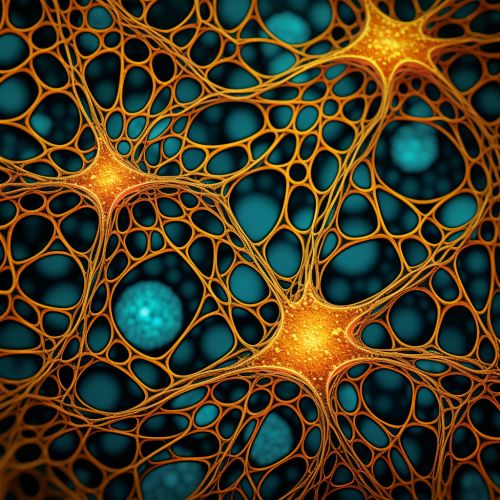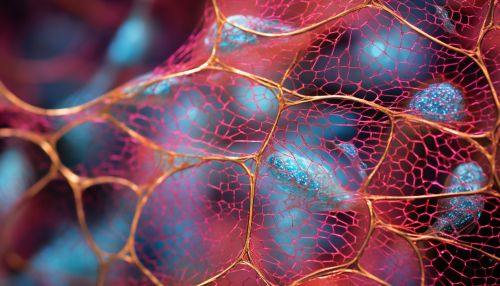The Evolution of Multicellularity in Organisms
Introduction
Multicellularity is a complex biological trait that has evolved independently in various lineages of life, including plants, animals, fungi, and certain types of bacteria. This article will explore the evolutionary processes and mechanisms that have led to the emergence of multicellular organisms from unicellular ancestors.


Evolutionary Origins of Multicellularity
The transition from unicellular to multicellular life is one of the most significant events in the history of life on Earth. This evolutionary leap has occurred multiple times independently in different lineages, suggesting that the conditions and mechanisms facilitating this transition are not unique to a specific group of organisms.
The earliest evidence of multicellularity dates back to the Proterozoic era, approximately 2 billion years ago. The first multicellular organisms were likely simple colonies of identical cells, similar to modern-day volvox or filamentous algae. These early multicellular entities probably arose through a process known as colonialism, where individual cells remained attached after cell division, forming a colony.
Mechanisms of Multicellular Evolution
The evolution of multicellularity involves several key steps: the formation of cell groups, the differentiation of cells within these groups, and the development of mechanisms for coordinating the activities of the cells within the group.
Cell Adhesion
The first step towards multicellularity is the formation of cell groups, which requires mechanisms for cell adhesion. In many multicellular organisms, this is achieved through the use of cell adhesion molecules (CAMs), which allow cells to stick together and form complex structures.
Cell Differentiation
The next step in the evolution of multicellularity is cell differentiation, where cells within a group begin to specialize and perform different functions. This process is driven by gene regulatory networks, which control the expression of different genes in different cells.
Coordination and Communication
Finally, multicellular organisms require mechanisms for coordinating the activities of their constituent cells. This is often achieved through cell signaling pathways, which allow cells to communicate with each other and coordinate their activities.
Evolutionary Advantages of Multicellularity
Multicellularity offers several evolutionary advantages over unicellularity. These include increased size, which can provide protection against predators and environmental stresses; the ability to specialize cells for specific functions, which can increase efficiency; and the potential for increased lifespan and reproductive success.
However, multicellularity also comes with costs, including increased energy requirements and the need for mechanisms to coordinate the activities of the constituent cells.
Evolution of Multicellularity in Different Lineages
Multicellularity has evolved independently in several different lineages, including plants, animals, fungi, and certain types of bacteria. Each of these groups has developed its own unique mechanisms for achieving multicellularity, reflecting the diversity of evolutionary pathways that can lead to this complex trait.
Plants
In plants, multicellularity evolved around 1.2 billion years ago, with the appearance of the first multicellular algae. These early plants likely evolved multicellularity through a process known as aggregation, where individual cells come together to form a multicellular entity.
Animals
In animals, multicellularity evolved around 600 million years ago, with the appearance of the first multicellular animals, or metazoans. These early animals likely evolved multicellularity through a process known as clonal growth, where a single cell divides to form a multicellular entity.
Fungi
In fungi, multicellularity evolved around 1 billion years ago, with the appearance of the first multicellular fungi. These early fungi likely evolved multicellularity through a process known as hyphal growth, where a single cell divides to form a multicellular entity.
Bacteria
In bacteria, multicellularity has evolved multiple times independently, resulting in a wide variety of multicellular bacterial forms. These include filamentous bacteria, which form long chains of cells, and biofilms, which are complex communities of bacteria that form on surfaces.
Conclusion
The evolution of multicellularity is a complex process that has occurred multiple times independently in different lineages. Despite the challenges associated with this transition, multicellularity offers several evolutionary advantages, including increased size, the ability to specialize cells for specific functions, and the potential for increased lifespan and reproductive success. As such, the evolution of multicellularity represents a major milestone in the history of life on Earth.
